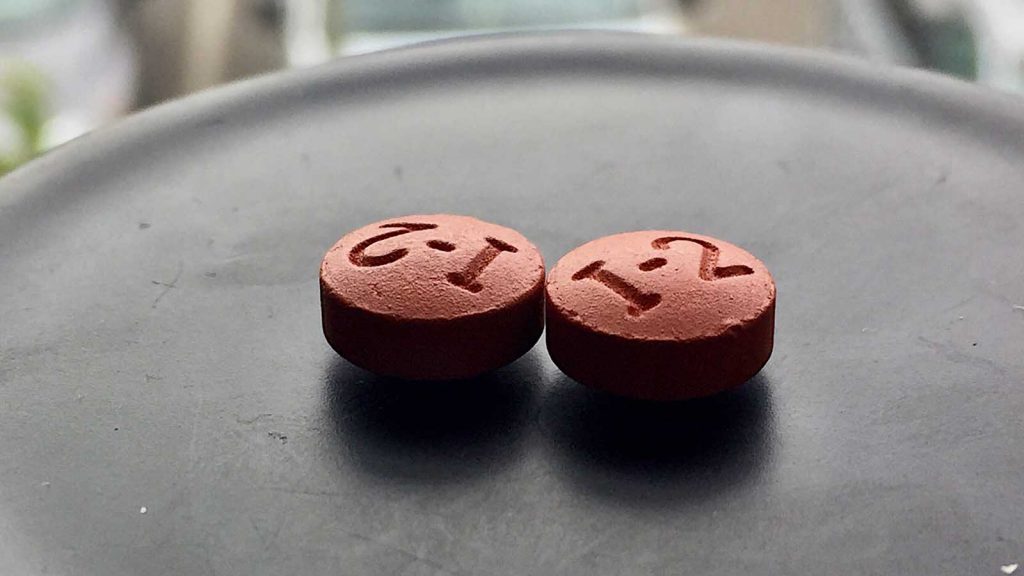Even though Meloxicam and Ibuprofen are used to treat similar issues such as arthritis, they are two very different drugs with completely separate risks. This may leave those with body pain wondering which one to take, or perhaps asking themselves, “which is stronger: Meloxicam or Ibuprofen?”
Quick Ibuprofen Facts
Ibuprofen is a nonsteroidal anti-inflammatory drug (NSAID) used to reduce fever, body pain, and inflammation caused by the common cold, the flu, headaches, toothaches, backaches, arthritis, minor injuries, or menstrual cramps. It is typically sold over-the-counter under brand names such as Advil, Genpril, IBU, Midol IB, Motrin IB, and Proprinal, but it can also be prescribed. The drug works by blocking the body’s production of certain hormones that cause inflammation.

Individuals who use Ibuprofen should either take it orally as needed or by mouth every 4-6 hours with water. The recommended dosage will depend on a person’s medical condition and other personal factors. Ibuprofen should not be used as a main treatment method for an extended period of time.
Ibuprofen may cause common side effects such as nausea, vomition, bleeding, dizziness, headache, and gas. In most cases, these symptoms don’t require medical attention and will usually go away after two or three weeks. Risks of taking too much Ibuprofen or using it for too long may result in heart attack, stroke, or intestinal bleeding.
What Is Meloxicam?
Meloxicam is better known by its brand name, Mobic. Mobic is another NSAID that is used to treat inflammation and body pain. Meloxicam is FDA approved to treat different types of arthritis and decrease inflammation. It is only available by prescription and comes in the form of a capsule, a tablet, and an injection. Oral versions of Meloxicam should be taken once a day. This medication is long-acting and is designed to ease the pain of individuals with chronic conditions. Common side effects of Meloxicam include abdominal pain, indigestion or heartburn, diarrhea, dizziness, headache, nausea, itching, and rash.
Ibuprofen vs. Meloxicam: Which Should You Take?
So, why can people take Ibuprofen 4-6 times a day but can only take Meloxicam once a day? Simply put, Meloxicam is much stronger than Ibuprofen. Since it is stronger, it may come with more intense risks. For example, Meloxicam comes with a higher risk of gastrointestinal problems, heart attack, or stroke than Ibuprofen. However, Meloxicam may work better for individuals with severe pain, whereas Ibuprofen can be used for mild to moderate pain. Whether you should take Ibuprofen or Meloxicam depends solely on the severity of an individual’s condition and their tolerance for medication.
Using These Medications Safely
While taking Meloxicam and Ibuprofen together isn’t toxic, it doesn’t offer any added benefit either. Also, combining these medications could increase a person’s risk for serious side effects like gastrointestinal ulcers and cardiovascular events.
Meloxicam and Ibuprofen can also cause serious side effects when taken alone. If you taken either of these medications and experience any of the serious side effects below, call a doctor or a hospital as soon as possible to receive treatment:
- Urinary issues
- Problems with stool
- Allergic reactions
- Headaches
- Vision problems
- Hearing issues
- Swelling
- Bruising
- Wheezing
- Shortness of breath
- Chest pain
- Rapid heartbeat
- Fatigue
- Weakness
- Flu-like symptoms
- Rapid weight gain
- Skin rash
- Coughing up blood
- Flu-like symptoms
- Lightheadedness
To learn more about Meloxicam, Ibuprofen, and other body pain relief medications, contact our team of substance abuse treatment representatives by calling 267.209.7313.



